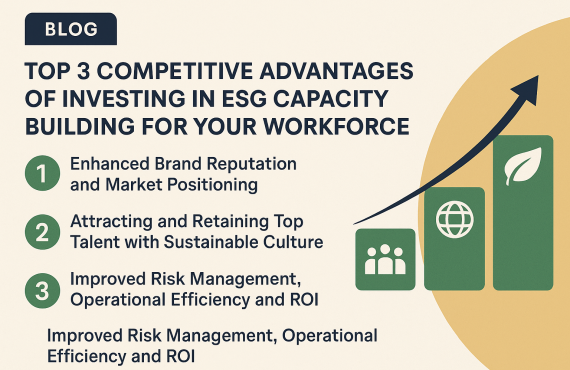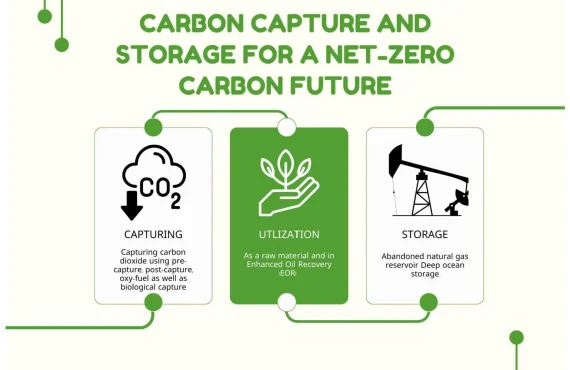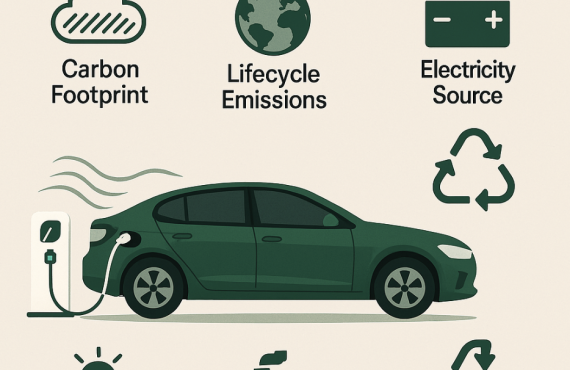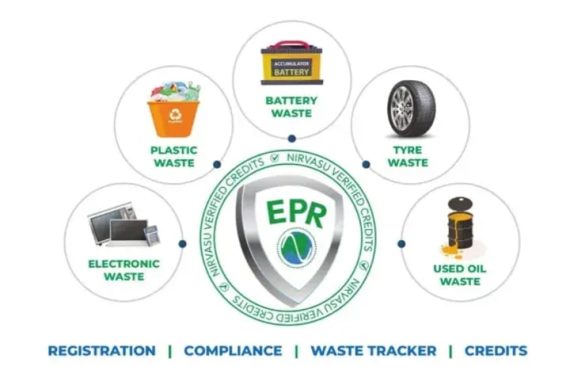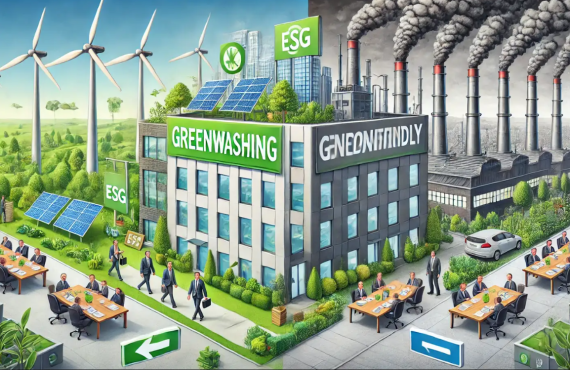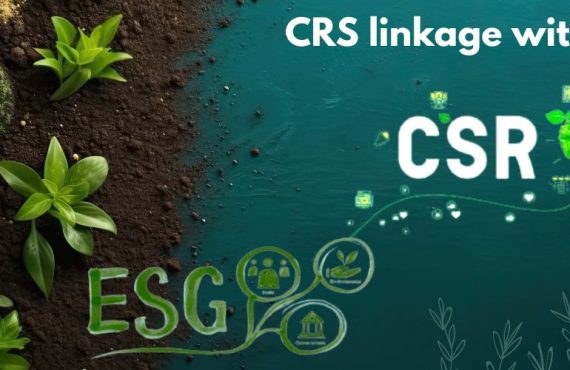
Sustainability: Understanding EHS and ESG
EHS and ESG represent two distinct yet interconnected approaches to sustainability and corporate responsibility.
What is EHS and ESG? EHS focuses on ensuring safe workplace practices, protecting employee health, and minimizing environmental impact through operational measures. On the other hand, ESG is a broader framework that evaluates a company’s environmental, social, and governance initiatives to assess its overall ethical and sustainable practices.
Importance in Modern Business: Both frameworks have become integral to the way businesses operate, ensuring compliance with regulations, enhancing stakeholder trust, and contributing to long-term success.
Focus on Sustainability and Policy Alignment: With the increasing global emphasis on reducing environmental footprints and fostering social equity, EHS and ESG have become indispensable for driving corporate accountability. Policies such as the European Green Deal, the SEC’s enhanced ESG disclosure requirements, and global net-zero commitments are intensifying the focus on these frameworks.
2. Sustainability: Key Features of EHS and ESG
EHS: Environmental Health and Safety
EHS is a foundational framework that addresses the operational aspects of environmental and workplace safety. Let’s examine its core components and objectives such as.
- Core Components of EHS: Environmental protection, occupational health, and safety management form the pillars of EHS, ensuring compliance with policies like OSHA and ISO standards.
- Primary Goals: Minimizing risks, creating safe working environments, and fostering compliance with environmental and safety laws.
- Regulatory Compliance: Legal adherence is essential for environmental management and workplace safety, as exemplified by regulations like REACH and the Clean Air Act.
- Risk Management: EHS programs proactively identify hazards and implement measures to prevent accidents, protecting employees and enhancing operational efficiency.
ESG: Environmental, Social, and Governance
ESG provides a broader lens through which to evaluate a company’s sustainability and ethical practices such as.
- Environmental Factors: Climate change initiatives, carbon neutrality goals, and resource conservation are key components.
- Social Factors: DEI (Diversity, Equity, and Inclusion), community engagement, and employee well-being are critical elements.
- Governance Factors: Corporate ethics, leadership transparency, and shareholder accountability form the governance pillar.
- Investment Decision-Making: ESG metrics influence investors by emphasizing sustainability alongside financial performance.
- Broader Scope and Strategy: ESG aligns corporate strategies with global sustainability goals, strengthening stakeholder relations.
3. Similarities Between EHS and ESG
Despite their differences, EHS and ESG share common goals. such As
- Environmental Focus: Both frameworks prioritize reducing environmental footprints and fostering sustainable resource management.
- Risk Mitigation: EHS and ESG aim to proactively address risks to employees, communities, and the environment.
- Compliance and Ethics: Regulatory adherence is a core aspect of both, ensuring ethical and responsible operations.
- Enhanced Reputation: Effective implementation builds trust, strengthens brand equity, and aligns with stakeholder expectations.
4. Differences Between EHS and ESG
While EHS and ESG have overlapping objectives, their differences underscore their unique roles within organizations:
- Scope: EHS is operational, focusing on workplace safety and environmental management. So, In contrast ESG is strategic, assessing broader societal and environmental impacts.
- Stakeholder Engagement: EHS primarily engages internal stakeholders, while ESG involves external stakeholders like investors and communities.
- Measurement and Reporting: EHS relies on operational metrics; ESG utilizes comprehensive evaluations guided by frameworks like GRI and TCFD.
- Strategic Integration: EHS operates as a compliance-driven framework, while ESG serves as a forward-looking strategic model.
5. Integrating EHS and ESG for Holistic Sustainability
Combining EHS and ESG frameworks creates a unified approach to achieving sustainability goals.
- Aligned Goals: Integration ensures consistency across sustainability initiatives and compliance with global policies.
- Enhanced Performance: Unified frameworks improve environmental and social metrics, fostering greater stakeholder trust.
- Case Examples: Companies like Microsoft demonstrate successful integration, enhancing sustainability and stakeholder engagement.
- Improved Risk Management: Holistic strategies reduce risks, boost operational efficiency, and ensure long-term resilience.
6. The Future of EHS and ESG
Emerging trends are reshaping how businesses approach EHS and ESG such as:
- Regulatory Pressures: Stricter global policies, such as the EU Green Deal, demand proactive EHS and ESG practices.
- Technological Innovation: AI, IoT, and data analytics are revolutionizing implementation and tracking.
- Transparency and Accountability: Stakeholders increasingly expect robust disclosures guided by frameworks like CSRD and SASB.
- Integrated Frameworks: The convergence of EHS and ESG fosters cohesive sustainability strategies aligned with global priorities.








